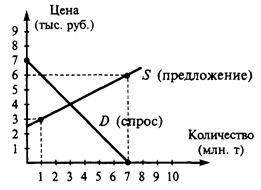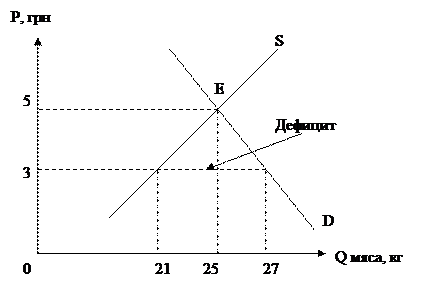Translation is a multidimensional and multifaceted process determined by the
System and norm of the two languages, the two cultures, the two communicative
situations (the primary and the secondary), the referential situation, the functional
parameters of the source text and the translation norm. The conflict between the
detetminants is mirrored in the 'paradoxes of translation'. The interdisciplinary
status of translation studies, their close links with contrastive and text linguistics,
socio- and psycholinguistics and semiotics, arise from the very nature of
translation as not only a speech act but also an act of cross-cultural
communication.
Linguistic and extralinguistic determinants of translation form a series of
filters underlying the strategy of decision making. A major role is played by
presuppositions and implications based on background knowledge.
A semiotic typology of equivalence levels with the primacy of the pragmatic
level of equivalence over the semantic — compo-nential and referential — sub-
levels could be supplemented by a functional typology based on the functional
dominants of a text. As distinguished from equivalence based on the reproduction
of the communicative effect, adequacy stresses adaptation to factors arising from
the secondary situation. While equivalence regards translation as a result,
adequacy tends to view it as a process.
Translatability is treated as a relative concept. Essential translatability
recognizes the possibility of partial losses not affecting the major elements of a
text. Disctinction is drawn between the translat-ability of text elements and that
of whole texts.
In the course of translation linguistic meanings are variables. It is the sense
determined by the context and the Situation that re-mains invariant. The context
and the situation make it possible to neutralize the difference between non-
identical meanings and use the latter to convey the same sense.
The componential sub-level of semantic equivalence is characterized by
structural transformations changing the formal structure of an utterance while
the set of semes constituting its sense remains unchanged. These
transformations include changes in the morphological structure, use of syntactic
devices instead of morphological ones, changes in the syntactic structure,
replacement of grammatical devices by lexicophraseo-logical ones.
At the referential sub-level the motive forces are the selectivity of languages
vis-a-vis the features of the extralinguistic world, differences in the structure of
semantic fields, in the semantic interpretation of the referential situation, in the
modes of presenting the functional sentence perspective, etc. The basic types of
transformations are hyeronymic, hyponimic, interhyponimic, synechdochal,
metonymic, metaphoric, etc.
The pragmatic factors include communicative intention, orientation towards the
receptor and the translator's personality. The transformations are replacement,
addition, omission, explanatory translation and compensation.
The problems of text linguistics relevant to translation are primarily those of
cohesion and text types.
ОГЛАВЛЕНИЕ




